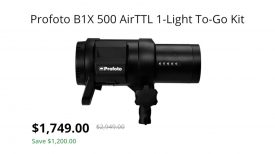One of our long time readers Dave May has been lucky enough to be shooting with the new Canon EOS C300 Mark III. Above you can see his hands-on video where he goes into considerable detail about the camera’s features and how it performs.
Dave is also a C500 Mark II owner so he talks about the differences between the two cameras.
Make sure you also check out our in-depth coverage of the C300 Mark III announcement on the site.
Above you can see footage from a cooking test shoot using the 120fps 4K and 180fps 2K RAW capabilities of the new Canon C300 Mark III camera.
Dave was very impressed with the ability to be able to record non-cropped 4K at 120fps. He was also surprised at how well the 2K (Super 16mm crop) at 180fps looked, especially if you were shooting in Cinema RAW Lite.
I caught up with Dave to ask him about his experiences using the C300 Mark III. You can see the full interview above.
My biggest take away from talking to Dave, and this information came after we recorded the interview, was that the new Dual Gain Output sensor is offering a lot of improvement in the shadows and mids. From Dave’s tests, I couldn’t see any noticeable improvement in highlight protection, but it does appear to have slightly better highlight roll-off than the C500 Mark II.
From the tests, it looks like the C300 Mark II is achieving that extra dynamic range by giving you extra stops in the shadows and mids. What this means is that you can protect your highlights while being able to raise up the mids and shadows without seeing nasty amounts of noise being introduced. From Dave’s tests, it does appear that the Dual Gain Output works better at the camera’s native ISO of 800. Once you start increasing the ISO levels it doesn’t seem to work as well.
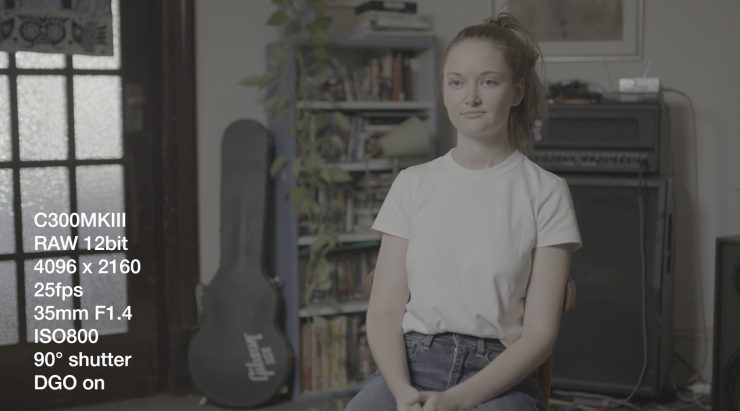
The extra claimed dynamic range that the C300 Mark III has seems to be below middle grey. There doesn’t seem to be any noticeable difference in terms of how many highlight stops you are getting if you compare the camera directly to the C500 mark II.
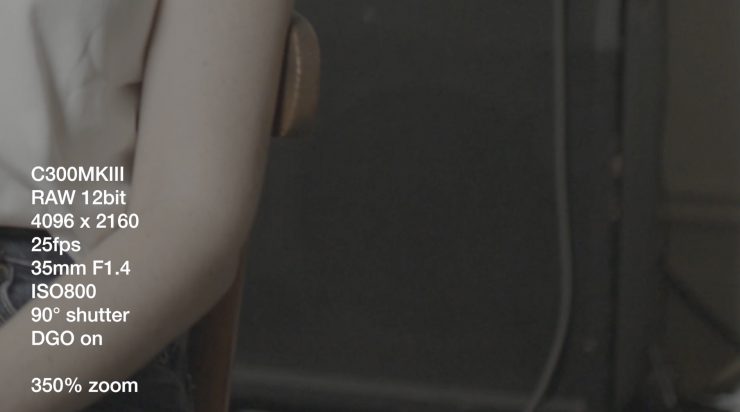
Above you can see the obvious noise difference it makes when the DGO is activated on the C300 Mark III and when it is not activated when shooting at higher frame rates.
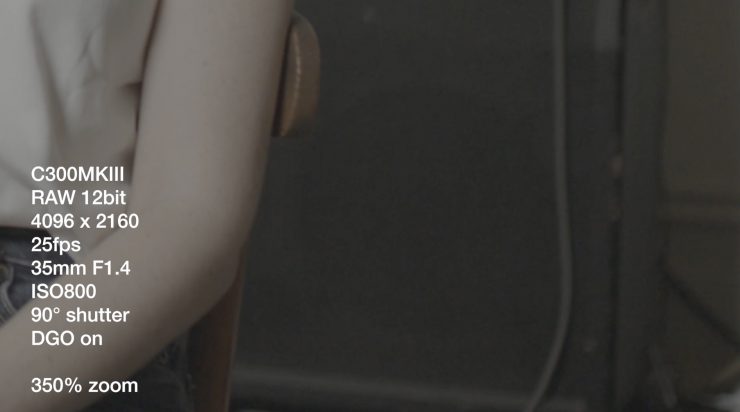
Above you can clearly see the difference between the C300 Mark III and C500 Mark II when shooting in RAW.
The other big improvement over the C500 Mark II is not only the ability to shoot in higher frame rates but that you can take advantage of Canon’s DPAF when shooting at frame rates over 60p when using a compatible lens. Being able to use autofocus when shooting moving objects at high speed is very useful. This is something you can’t do with the C500 mark II.
Other key points
- Autofocus was working great at 120fps, doesn’t cut out when you go into S&F mode
- Face detection only works up to 60fps base, not in S&F
- RAW recording times are really reasonable at 120fps, not much more than XF-AVC. Looking at the image quality now it’s really solid, so I see this as a big positive because the file sizes of RAW light have been a barrier to me wanting to record with it
- XF-AVC is holding up really well, similar to the C500MKII. I would say you can confidently shoot XF-AVC for most things, but then bust out the RAW when you’re really looking to push the image in post or want that flexibility of selecting a new picture profile/white balance in post
- Dual gain Output sensor is certainly providing more dynamic range
- 3.5 second bootup time
Big thanks to Dave May and James Gilligan for all their help and time in creating this hands-on.
Share your thoughts on the footage with others at the Newsshooter Forums.
Like what we do and want to support Newsshooter? Consider becoming a Patreon supporter and help us to continue being the best source of news and reviews for professional tools for the independent filmmaker.

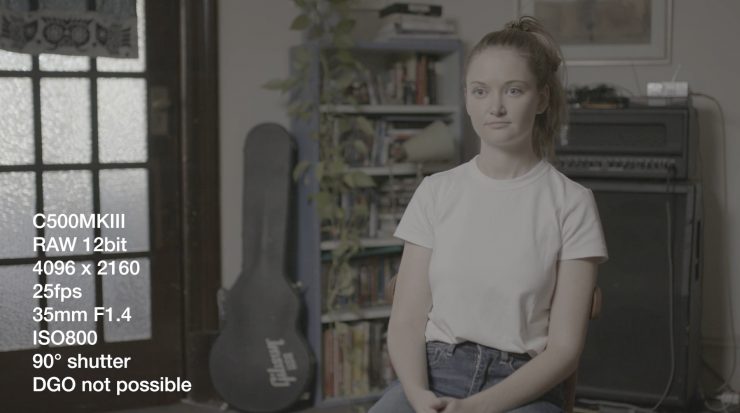
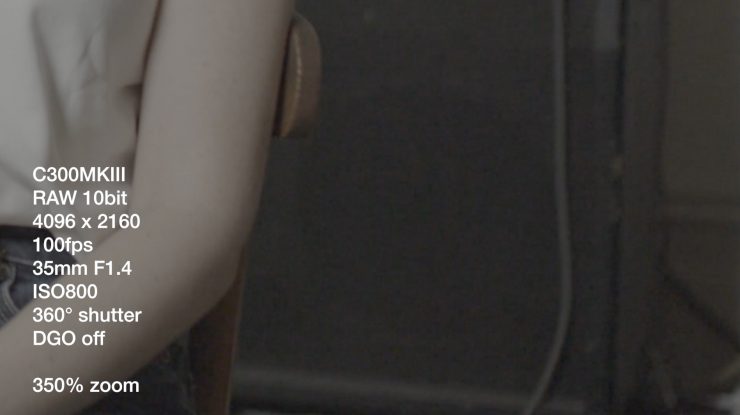
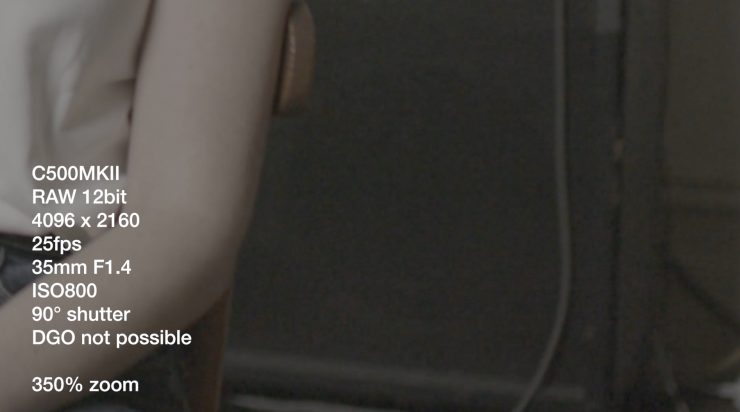


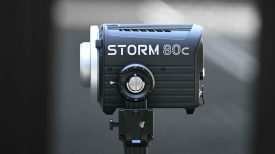
-275x154.jpeg)
